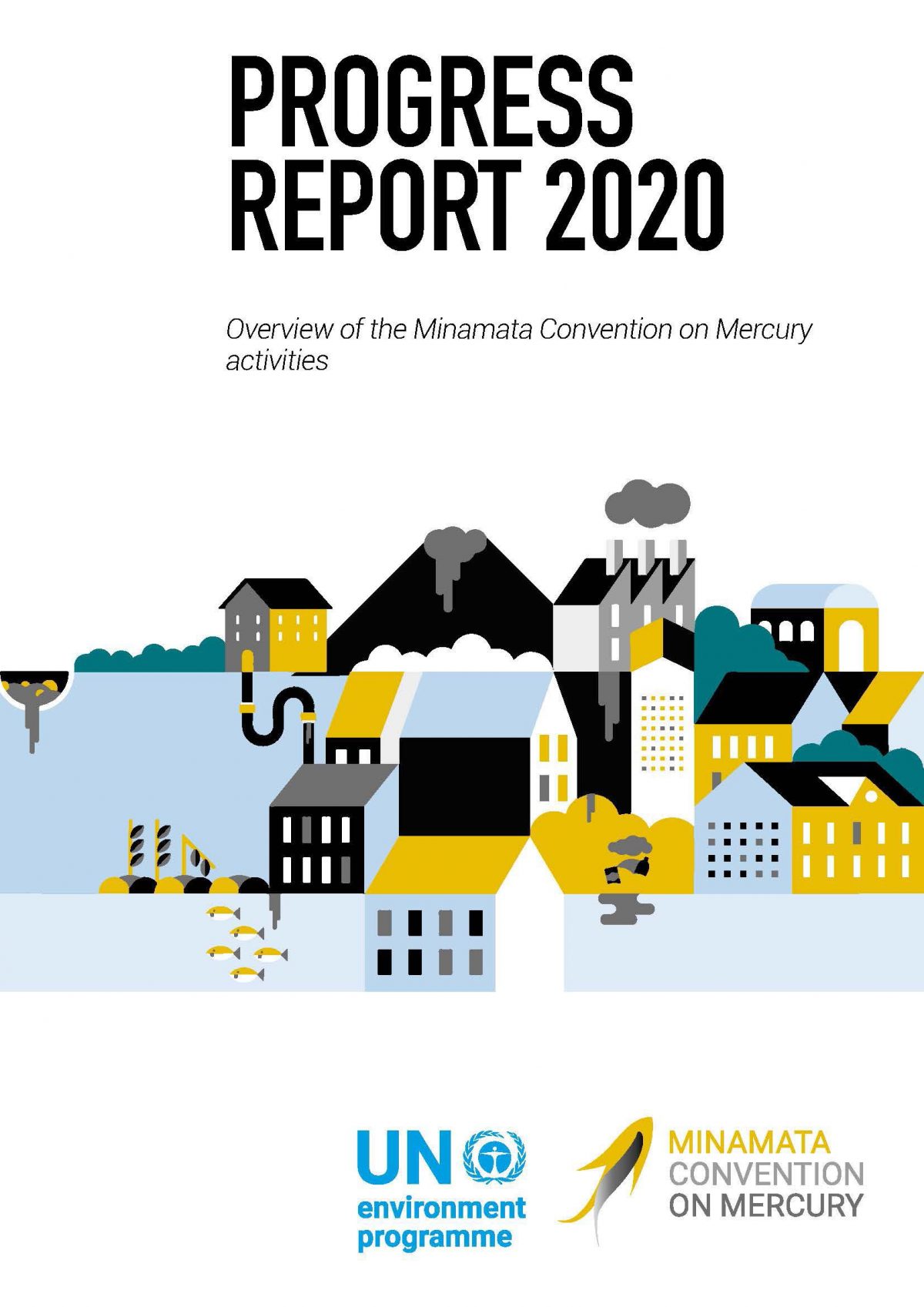The first ever comprehensive report of the Secretariat of the Minamata Convention on Mercury continues to reflect the international body’s concern over the continued significant use of mercury in the gold mining sector even as it raises other searching global environmental issues.
Titled, ‘Progress Report 2020: Overview of the Minamata Convention on Mercury Activities,’ the report also provides updates on scientific and technical activities, effective evaluation, national reporting, legal and policy activity from a gender perspective, and capacity-building and technical assistance activities relating to trade, emissions, and artisanal and small-scale gold mining (ASGM).
But it is the continued use of mercury by artisanal and small scale gold mining that is the Secretariat’s concern, mercury release into the atmosphere being the environmental preoccupation of the Minamata Convention. This is responsible for the release of 35% of all mercury pollution in the environment.
The status of the continued release of mercury into the environment by small scale miners and the wider impact of the practice will be a matter of particular significance to Guyana which signed on to and ratified the Convention in October 2013 and September 2014, respectively. The use of mercury in small-scale gold mining remains prevalent in the gold-bearing regions here with official surveillance unable, over many years, to cover the vast interior areas where gold is mined. Extensive mercury use in small-scale mining in Guyana has left its mark on rivers and communities in hinterland regions, numerous preventive interventions having failed to check the practice.
Guyana signed and ratified the Minamata Convention on Mercury in October, 2013 and in September, 2014, respectively.
Scientific and technical activities described in the report include a review of products and processes that use mercury, and the means by which parties to the Convention can distinguish mercury-added products via customs codes for internationally traded goods. On mercury releases, the report says, a group of technical experts established in 2018 continued to prepare guidance on best available techniques and best available environmental practices (BAT/BEP) to address mercury releases to land and water from relevant point sources, and on the methodology for preparing inventories of releases. The Secretariat’s waste group, meanwhile, is working with the Global Mercury Partnership to update the guidelines for the environmentally sound management of mercury waste under the Basel Convention, the report adds.
Guyana is one of several gold-bearing countries in the hemisphere where gold mining practices have come under both local and external environmental criticism for the indiscriminate use of mercury in gold recovery. However, the significant role that gold recovery plays in the economies of many hinterland communities continues to serve as a potent pushback against efforts to bring an end to the practice.
Seemingly determined to keep the issue of the indiscriminate use of mercury including its use in the artisanal mining sector alive, however, the report states that further disclosures exploring linkages between mercury and climate and the impact on biodiversity are to be released this year.
Meanwhile, the report is also concerned with “effectiveness evaluation,” procedures that seek to define the successes, strengths, and weaknesses of the Convention in achieving its objectives. Contextually, it notes that the Secretariat held dedicated online information sessions in September 2020, following which parties and others were invited to submit their initial views by 30 November 2020.
Mindful it seemed of striking a balance between the strictures associated with mercury use in the Minamata Convention and the economic importance of small scale mining, the government of Guyana, in November 2019, initiated the creation of a National Action Plan for the Artisanal Small-Scale Gold Mining Sector. Funding for the project was secured through the Global Environment Facility (GEF) with technical support from the United Nations and executed by the Ministry of Natural Resources and the Basel Convention Regional Centre for the Caribbean.



